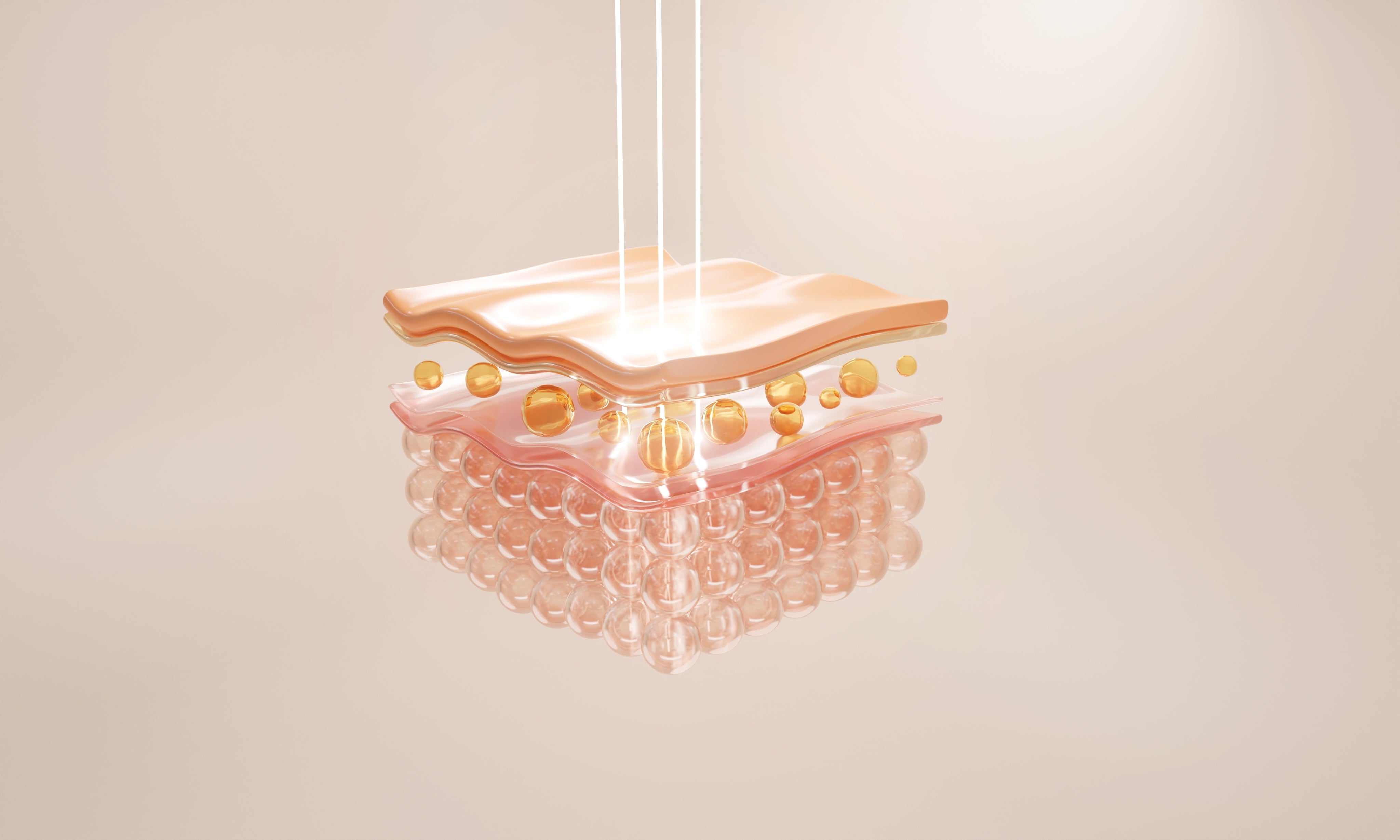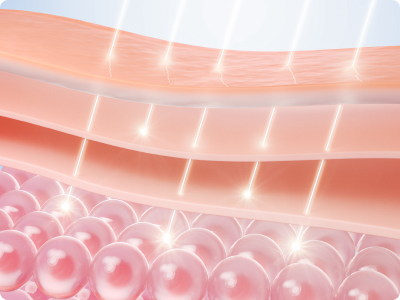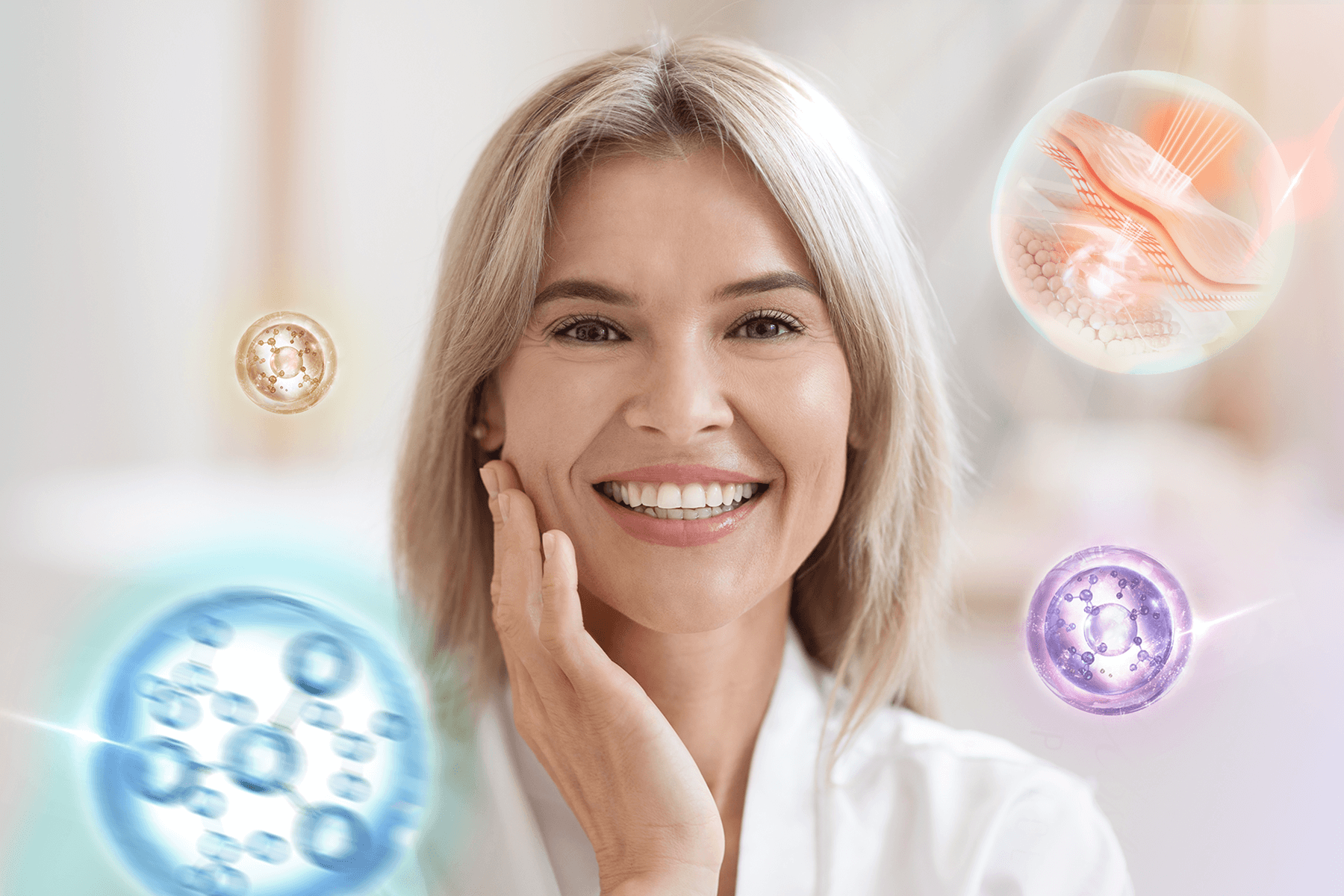The Science of Light Therapy | How it Works and Why it Matters
Light therapy is the use of light to treat various ailments and conditions. The benefits of light therapy were first discovered by NASA, who explored the effects of LEDs and their therapeutic effects for their astronauts.
Light therapy not only has a large impact on our mental health and biological clock. The various colours from the light spectrum can be used to treat various kinds of skin problems. Hospitals and medical centers around the world have already been using light therapy for years to treat and cure skin diseases and skin problems.
Different wavelengths of light have shown significant results in treating injuries, illnesses, dermatological ailments, and circadian rhythms.
Light therapy is used for general wellness and health, and it is safe and non-invasive.


FAQ
Use this text to share information about your product or shipping policies.
More about light therapy

The role of hydration in maintaining skin health: Beyond the surface
Hydration is a crucial aspect of maintaining overall health and well-being, and its importance extends to the health and appearance of our skin. At Aduro, we understand the vital role that hydratio...

The science of sleep: How rest affects skin health
Sleep is a vital component of our daily lives, playing a crucial role in maintaining overall health and well-being. While many people focus on their waking hours to care for their skin, the truth i...

The impact of stress on skin: Understanding and mitigation
Stress, an omnipresent aspect of modern life, exerts a profound influence on our skin's health and appearance. At Aduro, we prioritize understanding this intricate relationship, recognizing that ou...
